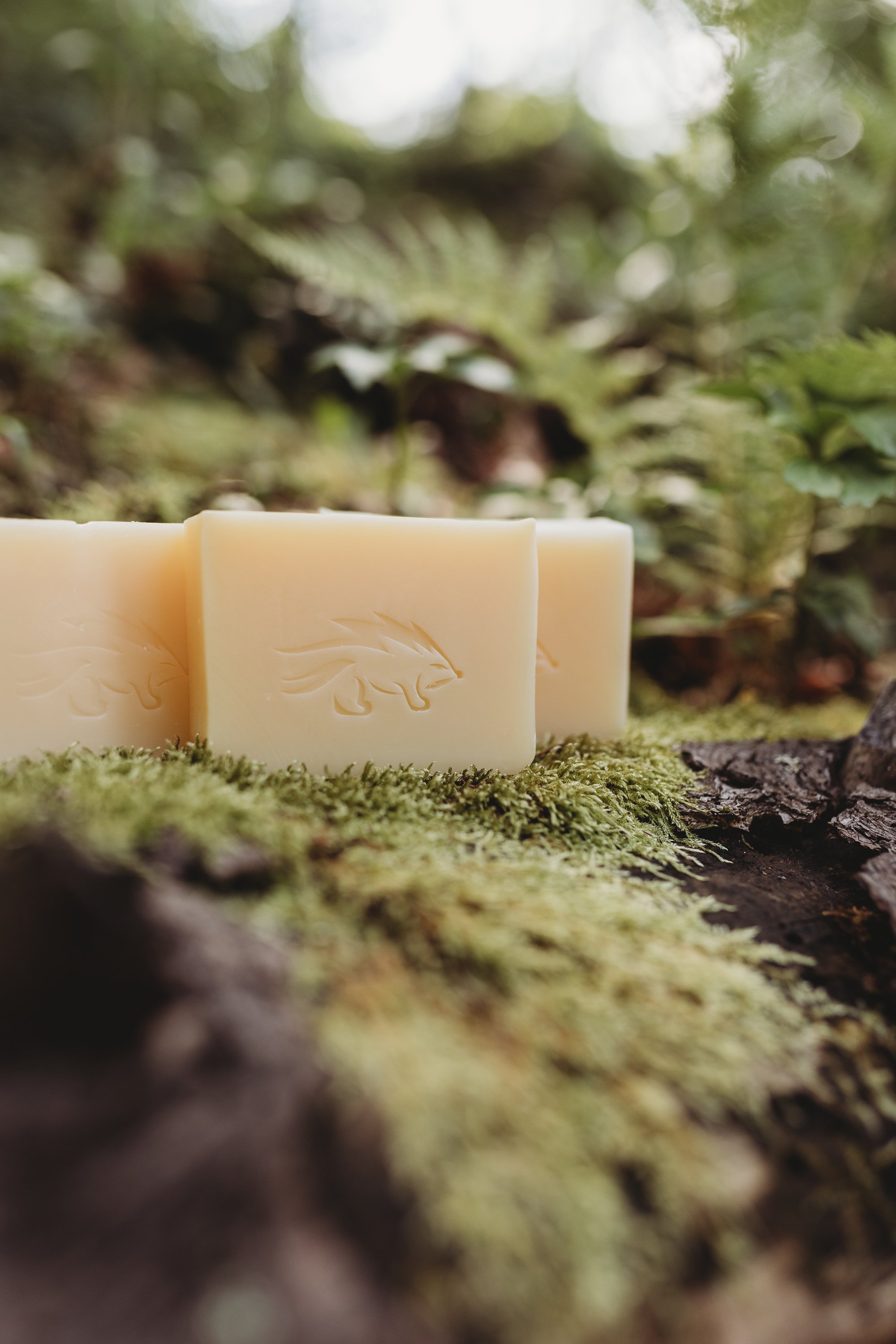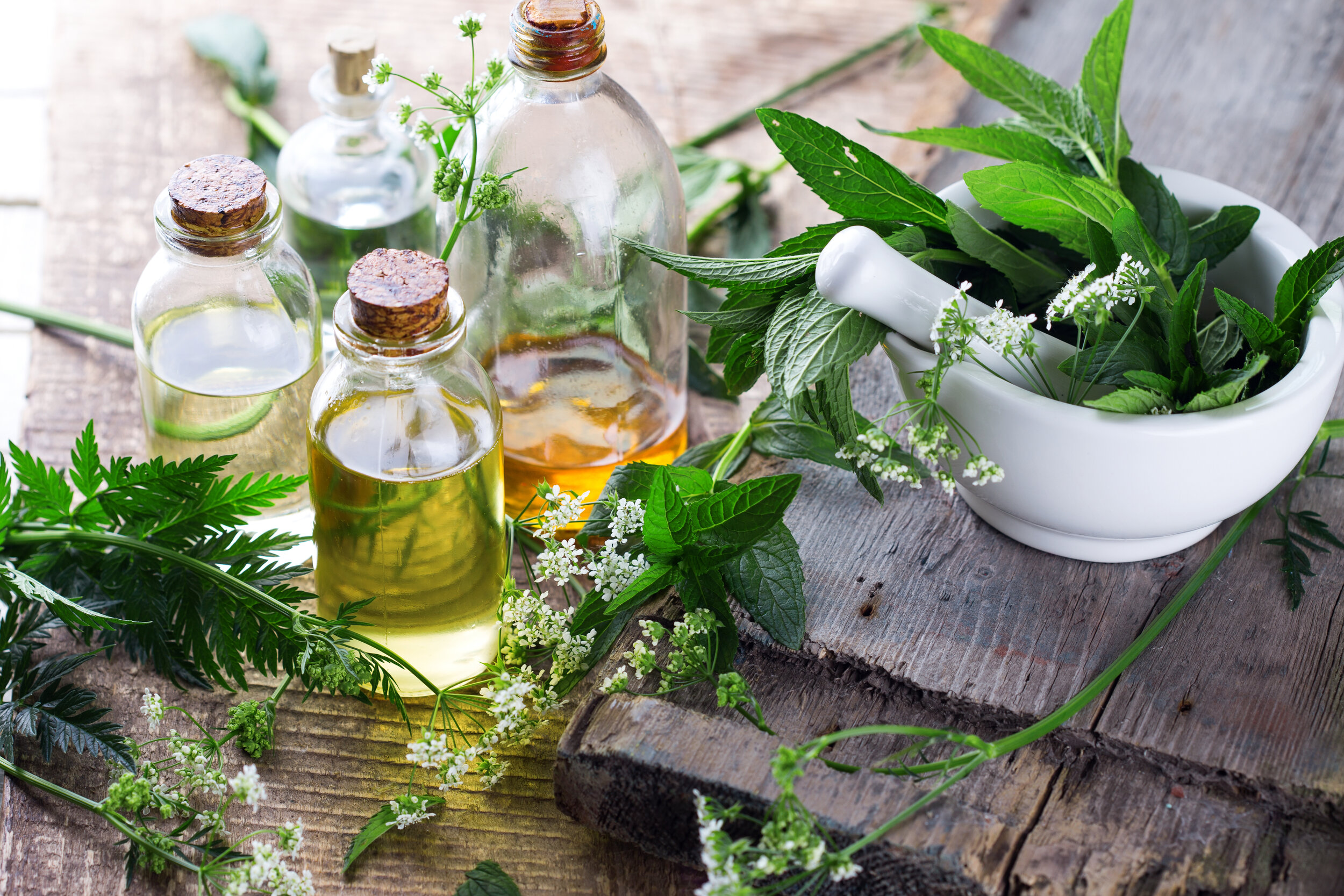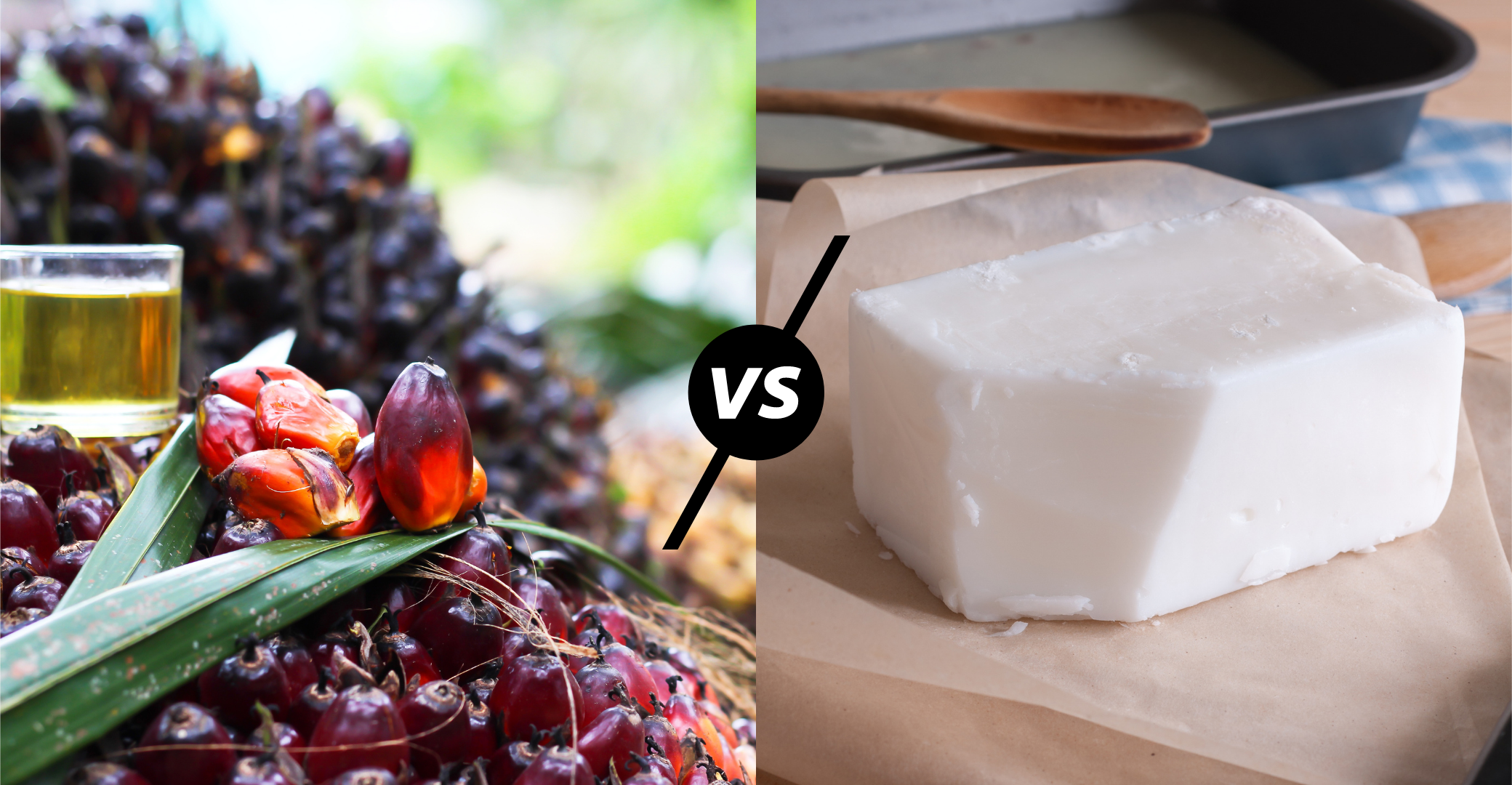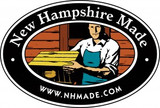At The Healthy Porcupine, every bar of our soap is made using the traditional cold-process method—a slower, more thoughtful approach that allows us to create soaps that are as nourishing as they are gentle. Unlike mass-produced soaps, cold-processing preserves the natural vitamins and fatty acids in our grass-fed tallow and essential oils, resulting in a bar that’s rich, creamy, and deeply beneficial for your skin. It takes time and patience, but we believe the wait is what makes our soaps truly worth it.
The Cold-Process Method
Cold-process soapmaking starts with a simple but powerful chemistry lesson. Oils and fats (like our grass-fed tallow) are blended with a liquid and lye solution. Through a reaction called saponification, these ingredients transform into soap and glycerin. Unlike hot-process methods, no external heat is added, meaning the natural structure and benefits of the ingredients are preserved.
This method requires patience: after being poured into molds, the soap needs several weeks to “cure.” During this time, excess water evaporates, the bar hardens, and the soap becomes gentler and longer-lasting. It’s a waiting game, but one that ensures a bar with a creamy lather and nourishing finish.
The Art and the Science
Cold-process soapmaking is equal parts chemistry and creativity. On the science side, you’ve got the exact calculations of oils, liquid, and lye, carefully balanced to create a safe, effective bar. On the art side, there’s freedom: choosing essential oils that soothe or energize, blending natural clays or exfoliants, and designing swirls or layers that make every bar unique. Each batch is like a canvas, structured by science but brought to life by artistry.
How It Compares to Hot Process Soap
Both cold and hot-process soaps go through saponification, but the difference lies in how they’re made:
Hot Process: Heat is applied, which speeds up the chemical reaction. Soap can be used almost right away, but the texture is often rougher, and essential oils added during cooking may lose some potency.
Cold Process: Takes longer, but the low-heat method preserves the delicate qualities of oils and botanicals. This means a smoother, more luxurious bar with scents and benefits that remain intact.
Think of it like slow cooking versus microwaving—both get the job done, but one develops deeper flavor (and in this case, gentler, more skin-loving soap).
The Benefits of Cold-Processed Soap
Gentle on Skin: Natural vitamins and fatty acids remain intact, making it especially nourishing.
Rich in Glycerin: A natural humectant that helps keep skin soft and hydrated.
Customizable & Creative: Since ingredients aren’t exposed to high heat, essential oils, herbs, and exfoliants retain their natural properties.
Harder, Longer-Lasting Bars: The curing process ensures durability and creamier lather.
Eco-Friendly: Minimal energy use, natural ingredients, and small-batch craftsmanship make it a sustainable choice.
Why It’s Worth It
Cold-processed soap isn’t just about cleanliness; it’s about care. It’s a slower method in a fast-paced world, one that respects ingredients, craft, and the skin it’s designed for. When you use a bar of cold-processed tallow soap, you’re experiencing the difference patience makes: a gentle cleanse, a creamy lather, and skin that feels comforted and nourished.











